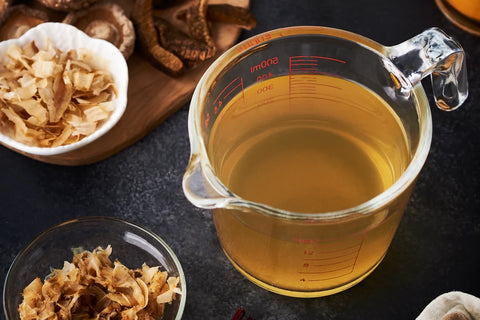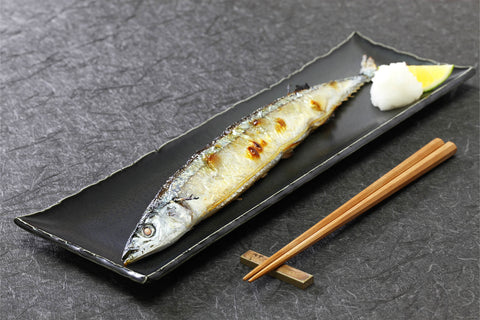Many different ingredients are used just as a base soup stock. The western world has adopted the Japanese name for these ingredients and can be confusing at first. Know your dashi from your tsuyu with this handy guide.
Dashi

When we talk about dashi, it is normally broth made from kombu (kelp seaweed) or bonito fish flakes. Dashi is the base of Japanese cuisine and it is used as a base for soups, noodlesoup and many other dishes. Traditionally, dashi from Kanto prefecture (the east of Japan) is usually bonito based while in the Kansai prefecture (the west of Japan) food is based around dishes made with kombu dashi (kelp broth). Making dashi is simple, just boil bonito flakes or kombu in water, but it is made even easier when using dashi powder. Just add the powder to hot water and mix.
Shiro-dashi

Shiro-dashi is a soup base made from bonito or kombu dashi and white soy sauce, mirin, sugar. It's often used by professional chefs but it's now used in the home too. The merit to using shiro-dashi is that it doesn't add any colour to the food. It won't change the colour of the food when it's cooking, so it's suitable for making dashimaki (omelette) and chawan-mushi (savoury steamed egg custard).
Tsuyu
 Tsuyu is like shiro dashi, but it uses koikuchi (dark) soy sauce, (dark soy sauce, dashi, mirin, sugar).
Tsuyu is like shiro dashi, but it uses koikuchi (dark) soy sauce, (dark soy sauce, dashi, mirin, sugar).
Some tsuyu is sold straight and needs diluting. It’s mainly used for noodle soup like soba, udon, somen.
Additional information
 You can see the differences of kansai and kanto dashi in udon / soba instant noodles.
You can see the differences of kansai and kanto dashi in udon / soba instant noodles.
The one that is sold in kansai, the soup taste little salty and colour is lighter and the one that sold in kanto, the soup taste less salty but darker in colours and have soy sauce flavour.




